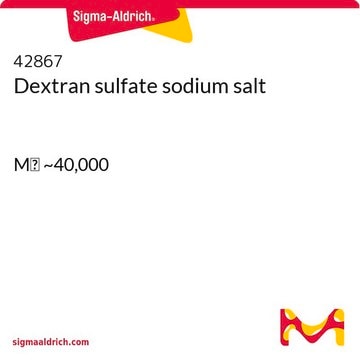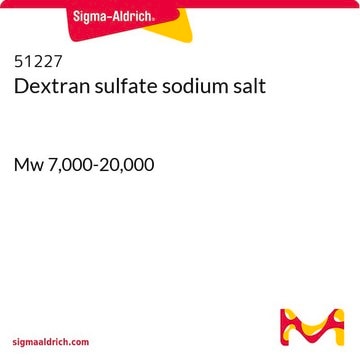WGA3
GenomePlex® WGA Reamplification Kit
Reamplification of WGA product with minimal bias
Synonyme(s) :
GenomePlex® whole genome amplification reamplification kit, Whole genome reamplification kit
About This Item
Produits recommandés
Niveau de qualité
Technique(s)
whole genome amplification: suitable
Conditions d'expédition
wet ice
Température de stockage
−20°C
Description générale
Application
Autres remarques
Informations légales
Composants de kit seuls
- Deoxynucleotide Mix, 10 mM
Composants de kit également disponibles séparément
- D7295Deoxynucleotide Mix, 10 mM, Molecular Biology Reagent .2 mLFDS
Produit(s) apparenté(s)
Mention d'avertissement
Danger
Mentions de danger
Conseils de prudence
Classification des risques
Resp. Sens. 1
Code de la classe de stockage
12 - Non Combustible Liquids
Point d'éclair (°F)
Not applicable
Point d'éclair (°C)
Not applicable
Faites votre choix parmi les versions les plus récentes :
Certificats d'analyse (COA)
Vous ne trouvez pas la bonne version ?
Si vous avez besoin d'une version particulière, vous pouvez rechercher un certificat spécifique par le numéro de lot.
Déjà en possession de ce produit ?
Retrouvez la documentation relative aux produits que vous avez récemment achetés dans la Bibliothèque de documents.
Les clients ont également consulté
Articles
Whole genome amplification overcomes restrictions for single-cell genomic analyses with non-specific amplification.
Whole genome amplification overcomes restrictions for single-cell genomic analyses with non-specific amplification.
Whole genome amplification overcomes restrictions for single-cell genomic analyses with non-specific amplification.
Whole genome amplification overcomes restrictions for single-cell genomic analyses with non-specific amplification.
Protocoles
GenomePlex® is a Whole Genome Amplification (WGA) method that allows the researcher to generate a representative amplification of genomic DNA
GenomePlex is a Whole Genome Amplification (WGA) method that allows the researcher to generate a representative, 500-fold amplification of genomic DNA
This protocol provides a simple and convenient method to isolate, amplify, and purify genomic DNA from buccal swabs. Buccal swabs are a convenient method of acquiring a DNA sample.
GenomePlex® Whole Genome Amplification has been used to amplify genomic DNA from soybean, corn, tomato, purple coneflower, and ginseng.
Active Filters
Notre équipe de scientifiques dispose d'une expérience dans tous les secteurs de la recherche, notamment en sciences de la vie, science des matériaux, synthèse chimique, chromatographie, analyse et dans de nombreux autres domaines..
Contacter notre Service technique










